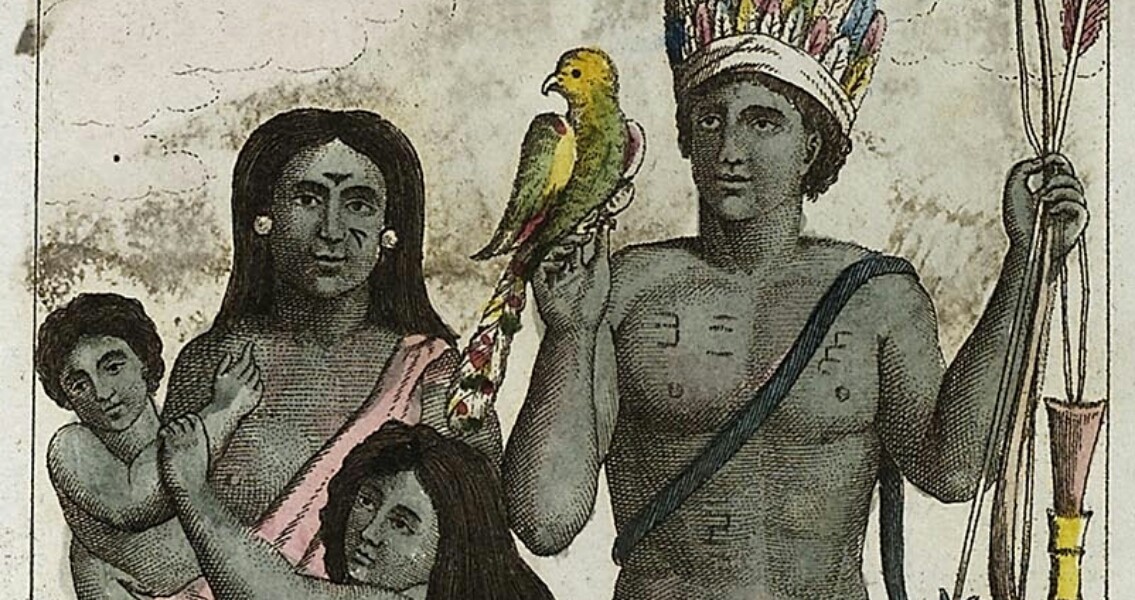<![CDATA[The early Americas were far from a disease-free paradise. Many pathogens like tuberculosis were endemic to populations across the continent, but it was the “Columbian Exchange” that introduced new and devastating diseases to Native American populations, such as measles, smallpox, yellow fever and influenza. Beginning 1n 1492, these diseases had shattering consequences, in some cases resulting in the depopulation of entire areas and the loss of many cultural traditions and practices. Geneticists are now investigating how new diseases introduced by the European colonists affected the evolution of indigenous Native Americans. Understanding the workings of these pandemics is vitally important in the effort to discover how they might have affected the genetic diversity of modern Native American populations, potentially providing genetic insight into the reasons why diseases appear in an elevated frequency in some populations and not elsewhere. Furthermore, discovering and documenting the historical effects that the introduction of new diseases has on populations can provide understanding about the evolution of relationships between the pathogen and the host. This knowledge has the potential to be very useful when responding to future outbreaks of new infectious diseases. Researchers have long theorized that the immune systems of Native Americans, which evolved independently of European populations, made them vulnerable to these diseases. The resulting outbreaks, referred to as "virgin soil epidemics", caused by first exposure to these diseases, were particularly devastating. However, many of these pathogens don’t leave behind any evidence of the contagion in skeletons, therefore, it’s been virtually impossible to confirm hypothesis using osteological methods. Today, the ability to recover DNA from long-dead populations offers a new method by which to document the evolutionary effect the diseases had on Native Americans. For example, a recent study (Lindo et al. 2016) was undertaken to determine whether or not there had been any changes in the immunological genes of the Tsimshian people as a result of this disease introduction. The Tsimshian are an indigenous people from North America’s northwest coast region. In collaboration with the Tsimshian community, experts compared the DNA of the area's modern and ancient populations. Modelling the changes in likely population sizes over a span of thousands of years, they were able to confirm the population did in fact experience a dramatic genetic episode (a decrease in population size of 57%) following European contact, around 175 years ago. This episode coincides with the documented smallpox epidemics suffered by the Tsimshian community. Infectious diseases were only one of the reasons for the severe disruption to the populations of indigenous Americans after the initial contact with Europeans. Forced relocations, warfare, suppression of traditional activities, slavery, and the destruction of cultural practices and social structures all contributed significantly to depopulation. By revealing how the evolution of indigenous populations was affected by new pathogens in their environment, research into ancient DNA may potentially lead to new insights into the various experiences brought about by European contact and the resulting consequences to Native American tribes. ]]>
How the Columbian Exchange Affected DNA of Indigenous People
